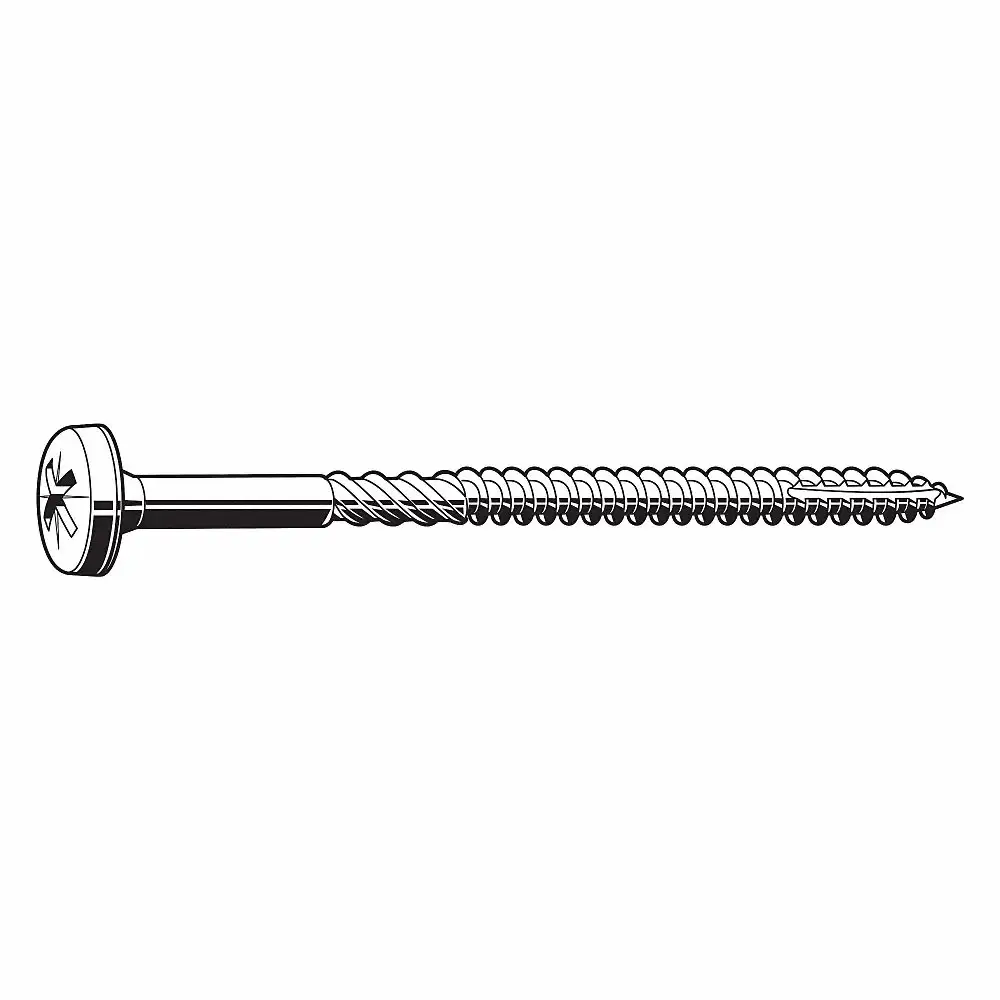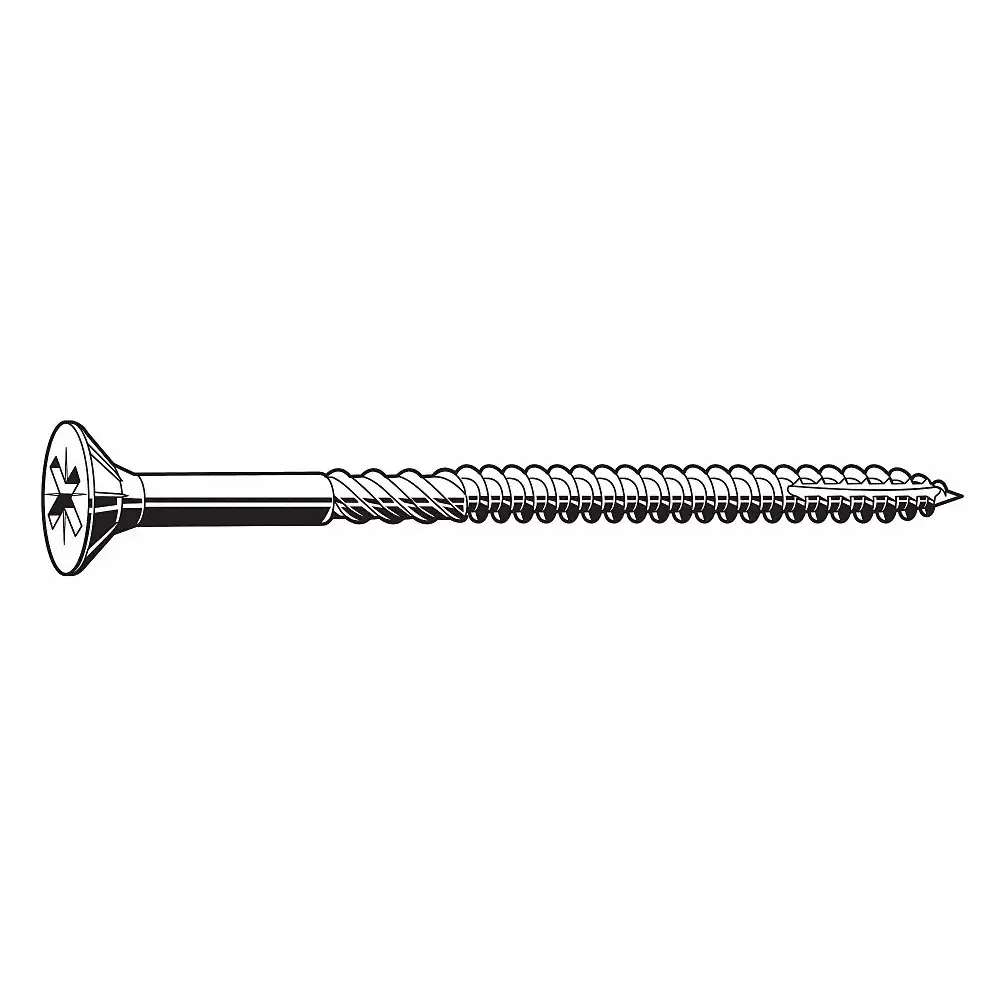Frequently Asked Questions
When should I use fully threaded screws?
Fully threaded screws are ideal for applications where consistent grip and holding power along the entire length of the screw is necessary. They are commonly used when maximum tension or a secure fit against a surface is required.
What are the main components of a screw?
The main components of a screw include the threaded shaft, the head and the tip. The threaded shaft has helical ridges to engage with the material being fastened. The head provides a surface for applying torque during installation and removal. Its tip aids in aligning and starting the screw into the material.
How to determine the correct screw for my project?
Consider factors like material, finish, head style, drive type and thread type of the screw.
How to maintain screws?
- Keep screws clean and free from debris.
- Avoid exposure to moisture and corrosive environments.
- Store screws in a dry and organised manner.
- Use the correct screwdriver or bit.
- Apply lubrication if necessary.
How to ensure safety while using these screws?
- Wear appropriate personal protective equipment (PPE).
- Ensure that you have proper tools and equipment for the job.
- When working with materials prone to splitting or using larger screws, pre-drilling pilot holes can prevent damage to the material and make screw insertion easier.
- Make sure the workpiece or the material being fastened is properly secured.
- Avoid excessive force that may lead to over-tightening, stripping or damaging the screw or the material.
How do fully threaded screws enhance strength?
Full threads are better for strength as they spread the force throughout the bolt length. Customers looking for fully threaded bolts or screws can opt fully threaded body screws suitable for applications demanding enhanced strength.
 £ GBPChange Country
£ GBPChange Country

